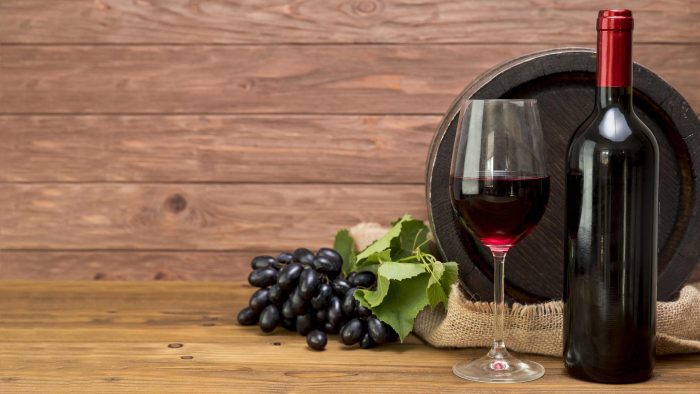By Bob Lipinski

When asked about Riesling, the average wine drinker often says, “I don’t drink Riesling because it’s too sweet. I like dry wines.” While it’s true that some Riesling wines are sweet, many more are dry or off-dry.
The confusion lies in the smell of fruit versus that of sugar in wine. Humans cannot smell sugar but can smell the fruit from the grape. So, what is often “perceived” as sugar or “sweetness” in a glass of Riesling or other wines is exceptionally pronounced fruity or floral aromas; that of tropical fruits such as mango, papaya, and pineapple, which we would assume to be very sweet.
Unfortunately, consumers have a hard time predicting how sweet a Riesling will be just by looking at the label, unless there is some type of indication as to the sugar level on the front or rear label. Terms such as late-harvest, spätlese, auslese, beerenauslese, and eiswein indicate a semisweet to sweet wine.
In 2007, a global organization called the “International Riesling Foundation (IRF)” was founded. Its members included wineries from Australia, Austria, Canada, France, Germany, New Zealand, South Africa, and U.S.A. Its goal was to inform consumers how dry or sweet the Riesling wines were by using a sliding scale, depicted on the rear label. Unfortunately, it was not embraced by many wineries and as of this writing, it appears the organization is defunct.
Riesling is a thick-skinned, high acid white grape variety; the predominant grape in Germany. Riesling also flourishes in France (Alsace), Australia, Austria, and the United States, as well as other parts of the world. Riesling was probably derived from a wild grapevine, Vitis vinifera silvestris, in the 1400s. It first appeared in a written document dated March 13, 1435, by Count John IV of Rüsselsheim, which reported it growing near Hochheim in the Rheingau.
The countries from the highest to the lowest acreage of Riesling grapes are Germany, the United States (Washington State, New York State, California), Australia, France, and Austria.
Riesling produces dry, semidry, sweet, and even sparkling wines and has a naturally high level of acidity, which often needs some residual sugar for balance.
Some characteristic aromas and flavors of Riesling are green apple, citrus (lemon, lime, tangerine), ginger, grapefruit, honeysuckle, lychee, mango, orange, papaya, peach, pear, pineapple, and tropical fruits.
Riesling is a great accompaniment to many foods, especially spicy hot, fried, cream and butter sauces, charcuterie, smoked meats and cheeses, sweet and sour sauces, and dishes containing ginger, soy sauce, and fish sauce.
Bob Lipinski is the author of 10 books, including “101: Everything You Need To Know About Whiskey” and “Italian Wine & Cheese Made Simple” (available on Amazon.com). He consults and conducts training seminars on Wine, Spirits, and Food and is available for speaking engagements. He can be reached at www.boblipinski.com OR [email protected]

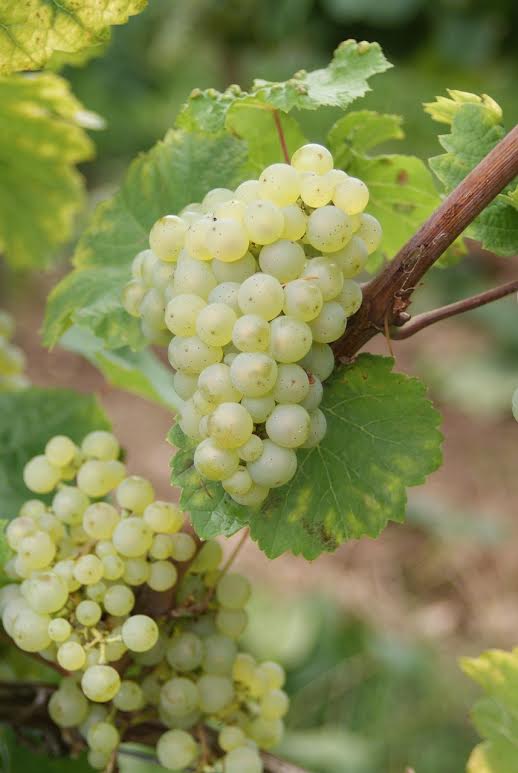
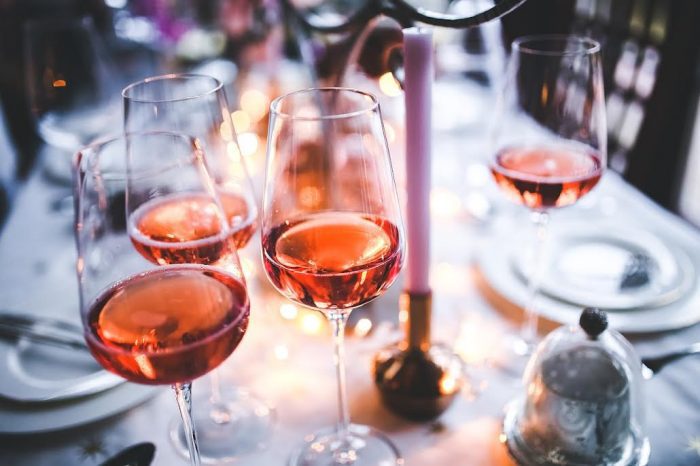
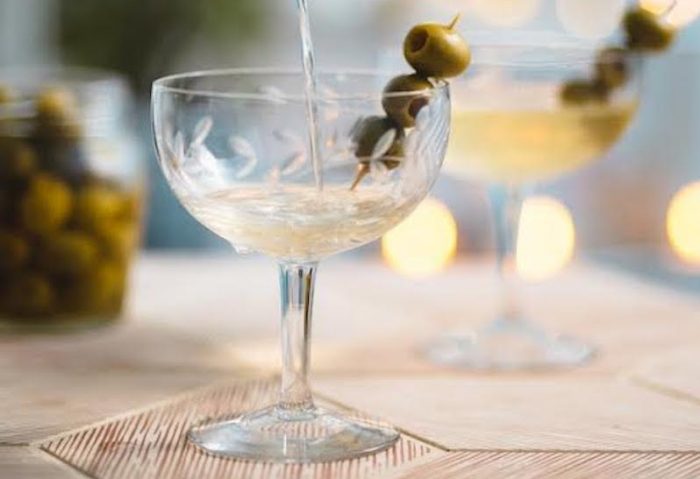
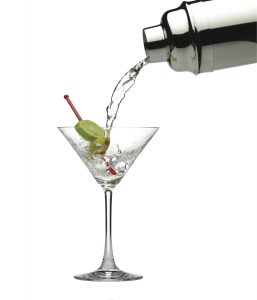 Classic Martini Cocktail
Classic Martini Cocktail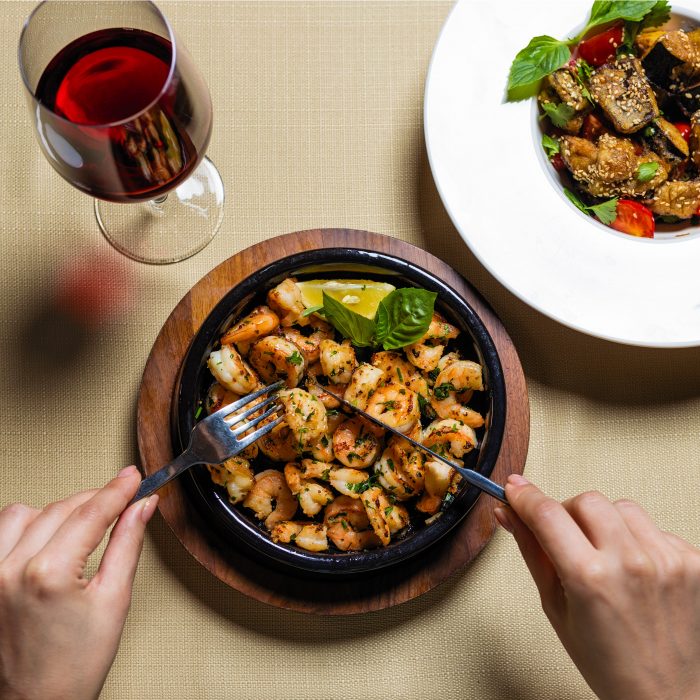
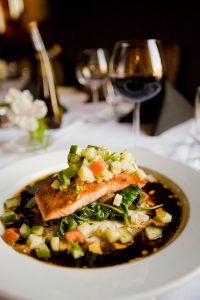
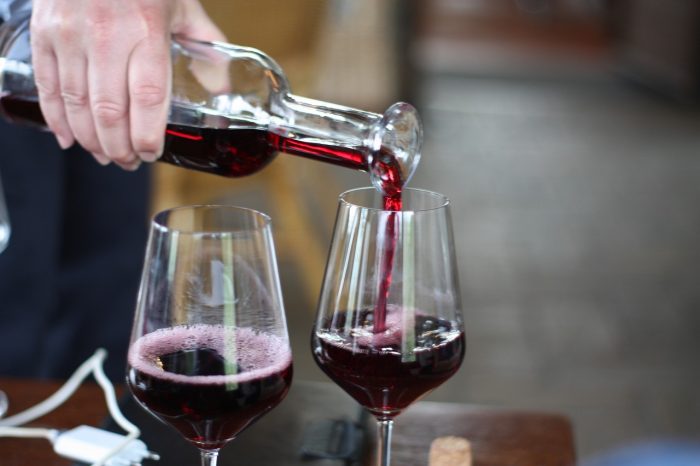
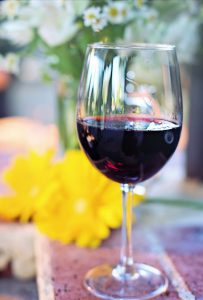
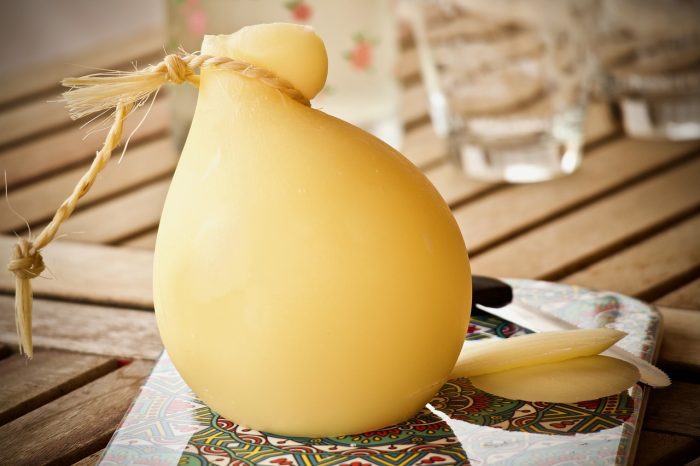
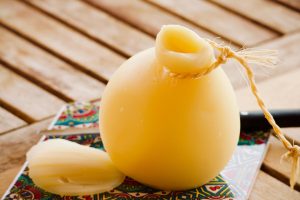
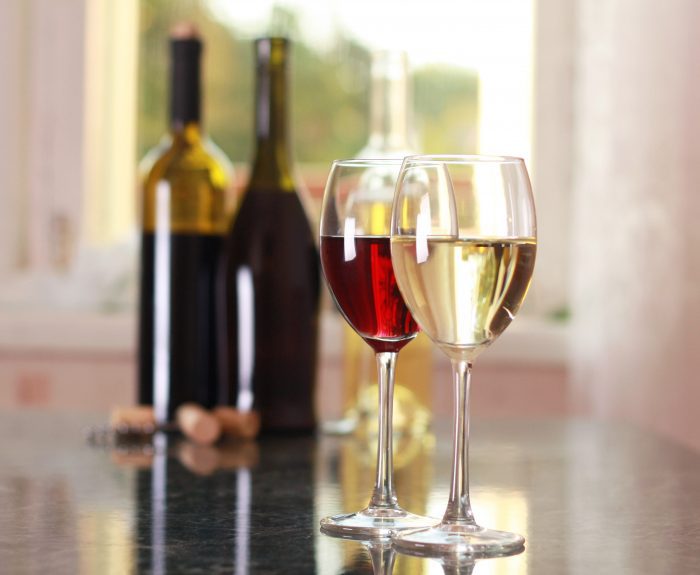
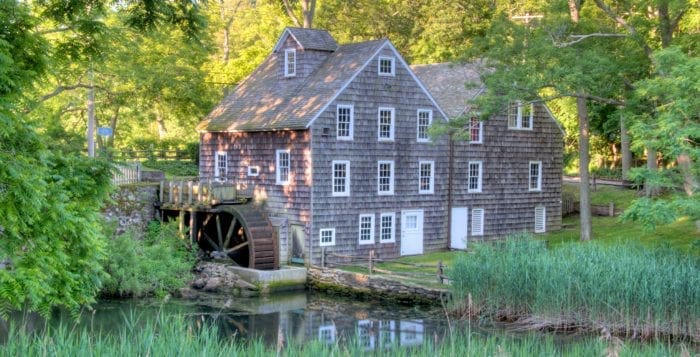
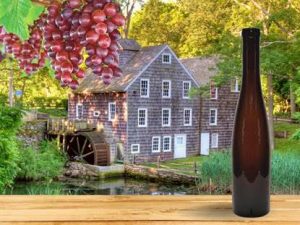
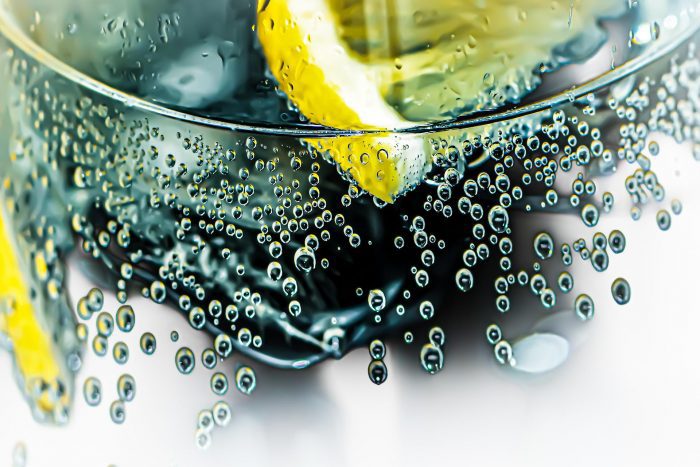
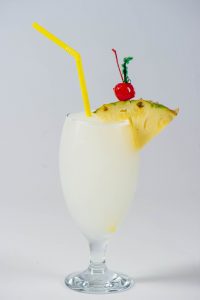 Cocktail recipes
Cocktail recipes